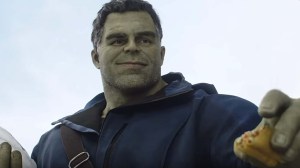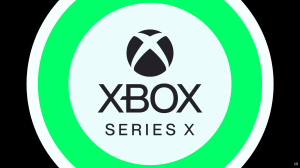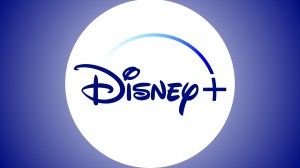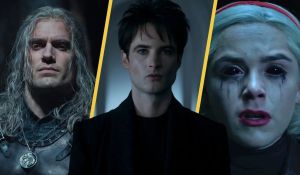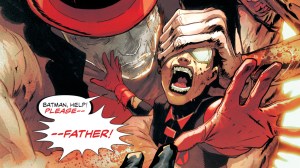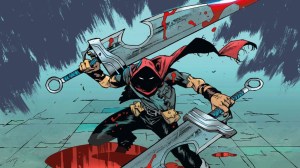There’s more to the meaning of “Hulk Smash” than the green goliath charging into battle, preparing to pummel an opponent. In the context of Marvel’s World War Hulk event, it also symbolizes his ability to shatter sales records and dominate fan popularity. During its initial publication run — and nearly two decades later — the World War Hulk storyline continues to be ranked among the franchise’s all-time greats. The first issue quickly sold out soon after its release, prompting Marvel to commission a second printing. Accordingly, it’s no exaggeration to say that many consider World War Hulk the greatest Hulk comic ever published.
Videos by ComicBook.com
But for all the accolades World War Hulk has garnered over the years, a closer inspection reveals a more complex reality — one that suggests that while it is a solidly good story arc, its reputation for greatness is largely overrated.
World War Hulk: A Symphony of Rage
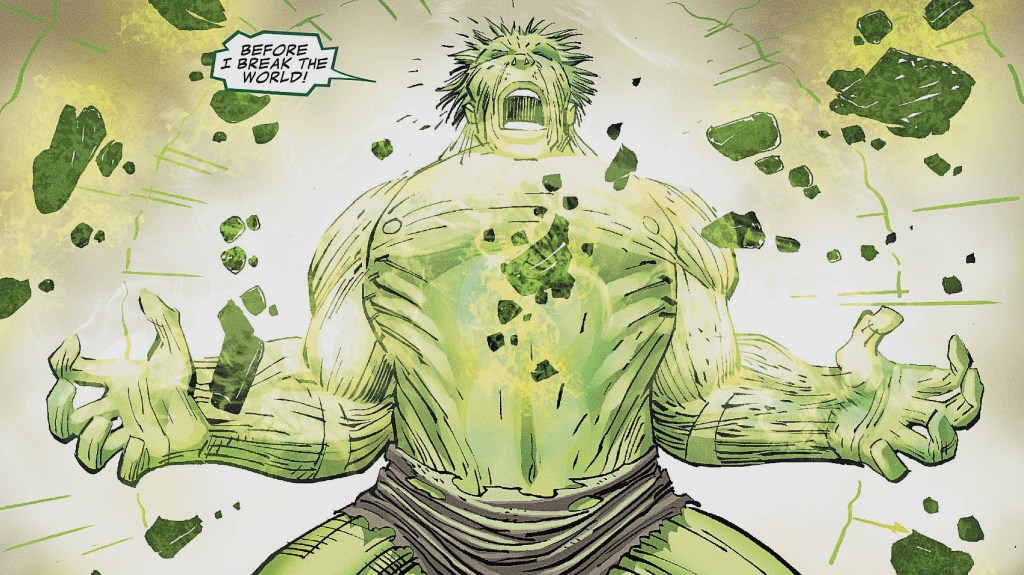
What is undeniable is that the Greg Pak and John Romita, Jr. limited series, World War Hulk, is a Hulk-themed tour de force. The story begins shortly after the conclusion of the Planet Hulk storyline, which tragically ends with the death of the Hulk’s pregnant wife, Caiera, and millions of others when the ship that brought Hulk to Sakaar explodes. Blaming the Illuminati for rigging the ship to explode, the Hulk decides to travel back to Earth to avenge his losses and get payback on the individuals he holds responsible. His targets are Iron Man, Reed Richards, Doctor Strange, Professor X, and Black Bolt, the leader of the Inhumans – the very individuals who originally tricked and sent him on his intergalactic journey that ended on Sakaar.
Once back on Earth, the Hulk and his new allies from Sakaar go on a rampage unlike anything New York City has ever seen in the history of the Marvel Universe. Their fury is directed squarely at the Illuminati and anyone who “aids and betts” them, which includes nearly every hero who calls the “Big Apple” home. But that means little to an enraged Hulk, who cuts through his opponents with terrifying ease. The slaughter only ends when the Hulk finally abandons his quest for vengeance and allows Iron Man’s Tony Stark to zap him with a gamma radiation nullifying ray beam.
World War Hulk is Heavy on Artistic Prowess but Light on Storytelling

One of the main strengths of World War Hulk is its eye-popping artwork. The visuals throughout the series are truly next-level, thanks to the incredible talent of John Romita Jr., a true wizard with a pen. This is most evident in the spectacular fight scenes – like the Hulk against his cousin She-Hulk – where Romita, along with colorist Christina Strain and inker Klaus Janson, masterfully creates a mesmerizing sense of speed and force through their expert use of line and color. Indeed, CGI has nothing on the series’ creative team.
However, no matter how impressive the imagery, a comic with great art alone is just a collection of illustrations. Without more substance, the series risks becoming one-dimensional. Art by itself, after all, is rarely what elevates a story arc or series to legendary status. In contrast to the artwork, one of World War Hulk’s most obvious shortcomings is its lack of a compelling story to complement and elevate its dazzling visuals. While the “Hulk wants revenge” plot makes sense following the events on Sakaar, it isn’t particularly innovative. It’s a familiar theme in the Hulk’s long history.
For example, the Hulk previously went on a vengeful rampage after the death of his greatest love — Jarella, the warrior princess from K’ai — who was killed by Crypto-Man in The Incredible Hulk (1968) #205. Interestingly, despite Hulk’s deeper love for Jarella — and the fact that he was arguably more powerful at the time, as that version lacked the tempering guardrails of intelligence seen in World War Hulk — his rampage was far less destructive and toxic than the one triggered by Caiera’s death. Additionally, while World War Hulk portrays the Hulk as hating Doctor Strange (among others) for the pain he endured, it’s as if he has forgotten how much Strange once tried to help him, even attempting to resurrect Jarella after her passing.
World War Hulk is Good, but is it Great?

Second, while Pak makes the “revenge” narrative more interesting by integrating it with the Planet Hulk backstory — much like the reaction from Rick Jones in the story — it didn’t take long for fans to understand that the Hulk wasn’t truly going to slaughter the entire New York superhero community. Pounding through alien tribes on Sakaar, who genuinely aimed to capture and hurt the Hulk, is one thing. However, it’s different from taking on superheroes, many of whom were once colleagues and friends.
Indeed, the Illuminati ultimately proved there was some reasonable justification for sending the Hulk into space, even if they could have handled it more delicately and transparently. As the series progresses, however, it largely devolves into a mass humiliation of a significant portion of the Marvel superhero community. While this might excite die-hard Hulk fans, it does little for fans of Iron Man, the Fantastic Four, and other characters. Nevertheless, despite the sheer rage and hatred the Hulk exudes in the first part of the series, his abrupt return to the side of good happens so quickly that it’s no surprise if more than a few fans suffered whiplash. Indeed, Miek certainly wasn’t the only one caught completely off guard by how swiftly the Hulk switched allegiances.
Lastly, coming on the heels of the groundbreaking Planet Hulk arc, it’s no surprise that World War Hulk received a favorable boost. Readers naturally wanted to see how the Hulk would respond to the fallout from Caiera’s death and the loss of their unborn child. And while gripping action is a staple of superhero comics, five issues of nearly nonstop combat —lacking a compelling narrative anchor — followed by a “gotcha” ending that reframes all that visceral intensity as the result of a mistake, ultimately diminishes the arc’s overall impact. It makes one question whether the story truly deserves its lofty status as one of — if not the — greatest Hulk sagas ever told.


